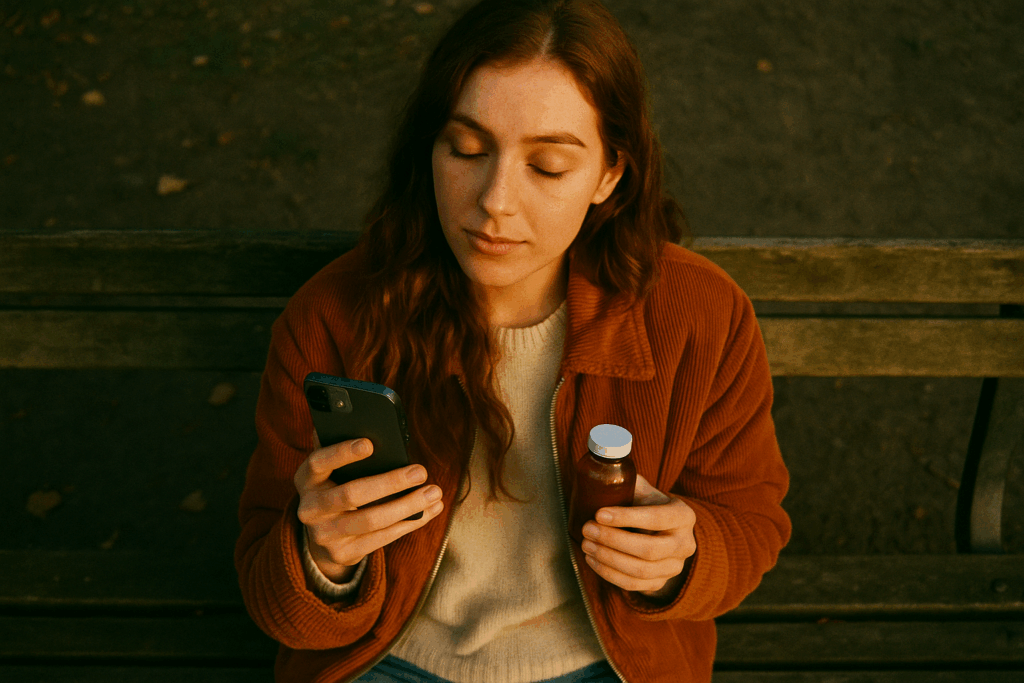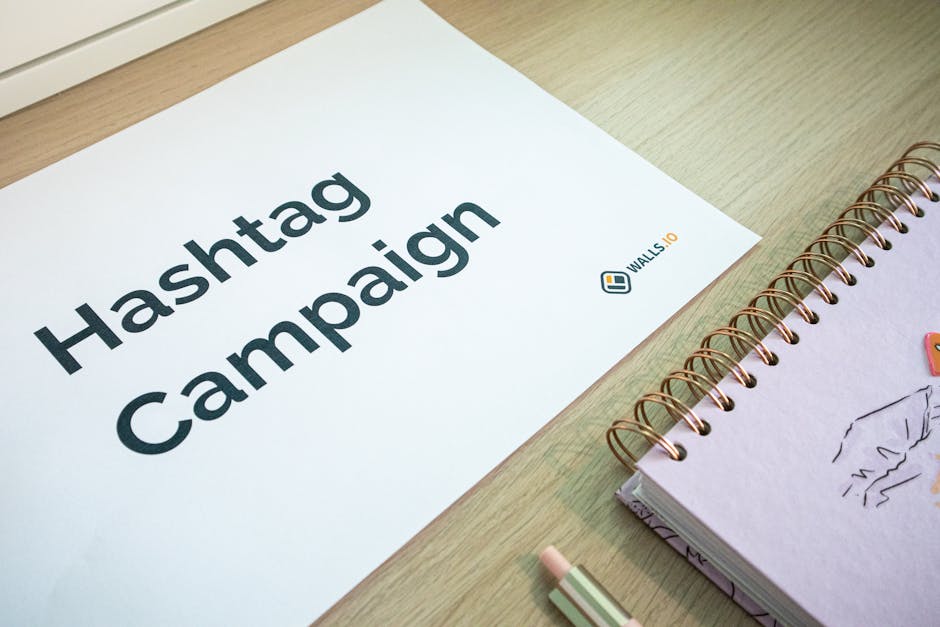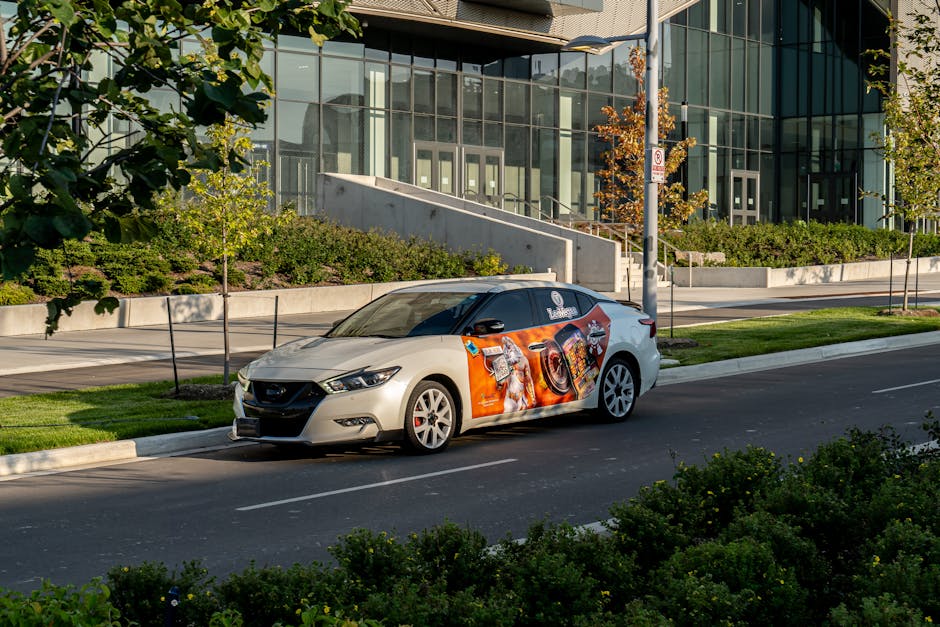Introduction: Why Word-of-Mouth Still Wins
Word-of-mouth has always been marketing’s quiet powerhouse. It doesn’t rely on big budgets, flashy campaigns, or influencer rosters—it runs on trust. One person tells another. Simple. Low-cost. High-impact. But in the digital world, that old-school credibility got an upgrade—and it spreads faster than ever.
What changed? Social media made conversations public. Reviews aren’t whispered behind closed doors—they trend. Screenshots, testimonials, subtle mentions in DMs—they all count. Platforms have taken what used to be one-to-one recommendations and made them one-to-many. A happy customer today isn’t just a repeat buyer—they’re a micro-influencer waiting to happen.
That ripple effect matters. Each share leads to a reaction, a reply, a tag. Momentum builds. When it’s organic, it sticks. And the more a story moves peer-to-peer, the stronger its pull. That’s not buzz—it’s gravity. Word-of-mouth in a digital age is less about shouting and more about sparking connection. This isn’t a bonus strategy anymore. It’s the main engine for brands that want staying power.
Background: The Brand Behind the Buzz
A few years ago, a niche skincare brand—let’s call it Alder & Lane—launched with clean ingredients, minimalist packaging, and a mission to simplify routines. They had a solid product and a loyal handful of customers, but outside of a few beauty forums and scattered social posts, hardly anyone knew they existed.
Their early strategy leaned heavily on performance ads and influencer partnerships. But conversion rates stalled, and word never seemed to travel far. Most visitors bounced; discovery was low, and retention didn’t grow. Despite good feedback from actual users, the brand struggled to expand its reach.
So, they made a sharp pivot. Instead of pouring more into paid exposure, Alder & Lane chose to invest in the people who already liked them. They leaned into authentic word-of-mouth—focusing not on mass marketing, but on earning organic shares from real customers. The mission shifted from chasing impressions to building belief through experience. That changed everything.
Strategy Breakdown: How They Engineered the Buzz
First, they made the product and experience easy to talk about. That doesn’t just mean having a decent website or strong customer support—it means sweating every tiny customer-facing detail until people start saying, “You’ve got to try this.” It has to feel personal, useful, and worth mentioning over lunch. That’s what makes something referable.
Next, they lowered the friction for sharing. Power users—the ones already telling their friends—were given small but meaningful tools: referral codes, shareable content templates, or even just early access to new features. No junky reward points. Just real value and recognition that made users feel in the loop, not used as marketing channels.
Then came the multiplier: community-driven content. They encouraged users to post their own experiences—montages, reviews, reactions—and surfaced the best ones on their owned channels. It turned passive customers into creators, and creators into ambassadors. People trust people who look like them. And that’s the magic of word-of-mouth at scale: when the story spreads without forcing it.
What Changed: Tangible Results from WOM Tactics
Within months of shifting to a word-of-mouth-driven strategy, the brand saw a clear spike in conversions. Not just traffic—actual sign-ups, purchases, and returning users. Compared to their previous paid campaigns, the conversion rate from referrals was over 2.5x higher. It wasn’t flashy, but what they lost in volume, they gained in quality.
They also cut their monthly marketing spend by nearly 40%. With less reliance on ads and more focus on organic interactions, they decreased costs while their brand mentions and inbound interest kept climbing. People trust people—not pixels.
What sealed the deal long-term was the retention loop. Referred customers stuck around longer and were far more likely to bring in others, creating a self-feeding engine of loyalty and growth. And when users feel like the product is something they proudly discovered (and shared), you don’t just gain a customer—you gain an advocate.
Lessons You Can Apply
There are four pillars to any word-of-mouth engine: Product, Experience, Shareability, and Consistency. Miss one, and the structure wobbles.
First, product. If what you offer doesn’t solve something real or spark a reaction, there’s no reason for anyone to talk about it. It starts here—build something worth someone’s breath.
Then comes experience. It’s not just what people get, but how they feel when they get it. Surprises, fast service, no friction. Experiences that stick create stories people want to share.
Shareability is about removing the barriers that stop someone from talking about your brand. Think referral links, content people want to repost, or simply being easy to explain. If it’s complicated, it won’t spread.
Finally, consistency. Word-of-mouth dies when your product or service is unpredictable. You’re not trying to go viral once—you’re trying to be referral-worthy every day.
One loyal customer who raves, shares, and defends your brand is more valuable than a hundred followers who scroll past silently. They don’t just buy again—they bring others with them.
If you’re a startup, don’t chase volume. Win trust first. Focus small, deliver big, and turn users into your loudest champions. Trust scales slower than clicks, but when it does, it holds.
Real Takeaways from the Case
Word-of-mouth (WOM) isn’t just a feel-good bonus—it’s trackable, repeatable, and scalable. The case study proves it. This brand didn’t just get lucky with a viral post or one loud customer; they built infrastructure around WOM and watched the results stack up.
Start with measurement: referral codes, tracked links, post-purchase surveys—simple tools that tie action back to origin. Every time someone shared, the brand could see who referred whom, how often, and how much business it brought in. That clarity turned vague praise into clean data.
Next step: systems. The brand baked shareability into their user journey. That meant clear CTAs to refer, bite-sized tools for social sharing, predictable reward tiers, and consistent recognition. They set rules that created momentum—not chaos. It was process, not a fluke.
And here’s the kicker: as more people referred, the cost per acquisition dropped while retention climbed. Why? Because people trust their friends more than an ad, and they stick with what’s recommended.
Want more stories like this? Check out From Startup to Market Leader: Inspiring Business Stories.
Final Word: WOM Isn’t Luck—It’s Built
Word-of-mouth doesn’t just happen. It’s earned, slowly and deliberately. If your product’s mediocre or your service feels slapped together, people won’t talk—and if they do, it won’t be good. Organic attention is a side effect of something worth noticing. Investing in every customer touchpoint—the product, the delivery, support, follow-up—pays back more than any paid campaign ever will.
Here’s the real goal: customers who can’t help but talk about you. People who describe your product with more clarity and conviction than your own pitch deck ever could. That doesn’t come from chasing virality. It comes from staying consistent, obsessing over experience, and actually listening to your audience.
You don’t scale by shouting louder. You scale by being unforgettable to the right people—who then do the shouting for you.



